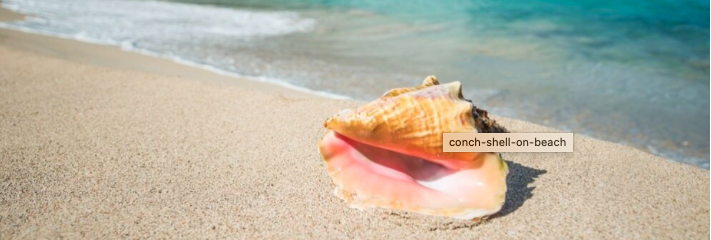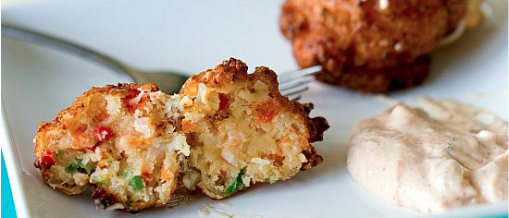Antigua is a paradise-like island nestled in the West Indies and is home to the famous 365 pristine pearl-white beaches. It stretches 54 miles and is considered the primary island of the Caribbean nation Antigua and Barbuda. Along with its sister island, Barbuda, Antigua is one of the most sought-after destinations for both migrants and travelers alike.
Whether you decide to visit the country for a vacation or choose to live there permanently through the Antigua citizenship by investment program, it is crucial that you know the different attractions you’re about to enjoy.
From great food to picturesque scenery, this article discusses everything you need to know to have an enjoyable trip and get the most out of your stay in this world-famous Caribbean nation.
The Best of Antiguan Cuisine
Antiguan cuisine is one of the main reasons this beautiful island has become even more popular among tourists. The island cuisine offers many delicacies that will tickle your taste buds and make you want to return for more.
Below are three of the best dishes you must absolutely take a bite off of when in Antigua and Barbuda:
Fungie
Not to be mistaken with microorganisms that make you sick, fungie (pronounced “foon-jee”) is a type of Antiguan food that exudes almost the same vibe as the Italian polenta. It is made from cornmeal and okra paste that is molded into balls of pure goodness.
But fungie is not only a staple in Antigua and Barbuda – it is the country’s national dish. It is served best with meats and stews, most especially with the flaked and salt-cured white fish called “saltfish.”
Conch
Pronounced as “conk,” conch is the meaty part of the spiral shells that you may be able to pick up across the sandy beaches in the West Indies. It has a slightly chewy texture and is quite similar to clams in terms of flavor. It can also be prepared in several ways, including chowder, fritters, and curries, but it is best served raw.
Ducana
Prepared using a similar process as that of making the Mesoamerican dish tamale, ducana is a package of pure sweet potato goodness. It is seasoned with coconut, pumpkin, and cinnamon before being wrapped in a piece of banana leaf and boiled in water.
As a mildly sweet dish, the ducana is best paired with saltfish. Although it doesn’t have a similar texture with fungie, ducana is a bit more flavorful and is considered the best dish using sweet potatoes as its base.
4 Antiguan Tourist Spots You Shouldn’t Miss
Aside from enjoying a gastronomic trip in Antigua and Barbuda, you should also make sure that you get the most out of your stay in the country.
Here are some of the best tourist spots you shouldn’t miss when visiting Antigua and Barbuda:
Half Moon Bay
Located in the southeastern coast of Antigua, the Half Moon Bay boasts tranquil waters and the iconic crescent white sand beach that meets the azure sea. Aside from melting away your stress with the calming scene, it is also a great place to meet undersea life face-to-face via snorkeling, when the weather permits.
On less calm days, you can also try surfing the rough waters. The beach is somewhat difficult to locate, so make sure you have a tour guide or the GPS feature in your gadget turned on during your visit.
17-Mile Beach
The 17-Mile Beach is another popular destination for lovers of the sun and the sea. This ravishing stretch of pink sand serves as the boundary of Barbuda Lagoon and the Caribbean Sea. This particular beach is mostly untainted, which explains the lack of facilities, so be sure to bring enough supplies for you to get comfortable in Mother Nature’s arms.
St. John’s
As the capital city of Antigua and Barbuda, St. John’s is the best place to savor the country’s colorful history and culture. It has colonial-style cottages painted in candy hues and market stalls filled with different kinds of tropical flowers and fruits.
It is also home to several distinctive architectural gems like the St. John’s Cathedral which boasts neo-Baroque-style towers. Some of the best spots you should also visit when in St. John’s are:
- The Museum of Antigua and Barbuda – for a glimpse of its rich history and culture
- Heritage and Redcliffe Quays – for an awesome shopping experience
Barbuda Frigate Bird Colony
Home to over 5,000 frigate birds, the Barbuda Frigate Bird Colony is an aviary nesting ground that can only be reached by boat. In this part of the country, the birds outnumber the people and enjoy unspoiled nature, with the mangroves as their home.
In spring, male frigate birds create a spectacle with their elaborate mating rituals. This is why most tours to the area are scheduled during this time of year.
Enjoy Life’s Simple Pleasures in Antigua and Barbuda
The benefits of living in this Caribbean nation easily outweigh the cost of acquiring citizenship in Antigua. Not only is it home to mouthwatering cuisine, but it also maintains several untainted natural spots that have become quite rare in other popular tourist destinations.





